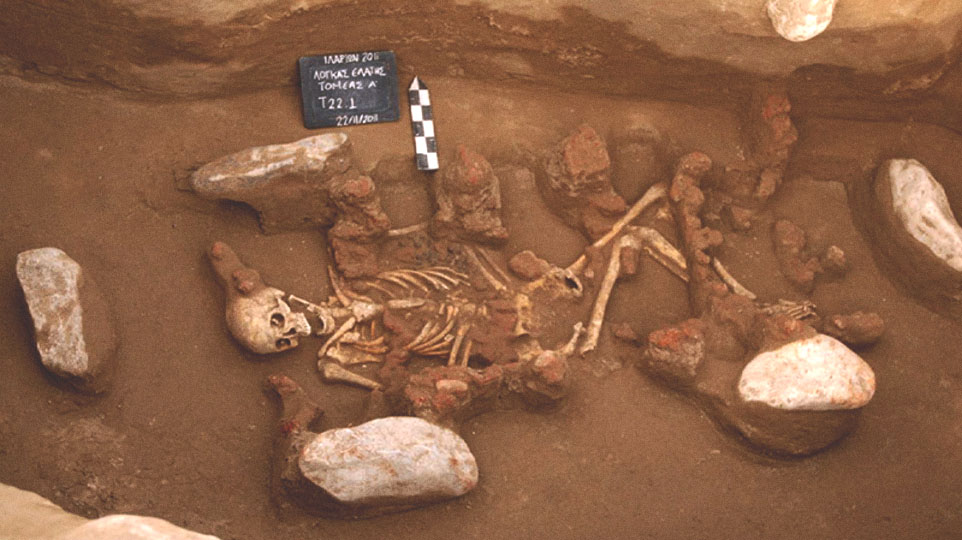An international study in which the National Center for Genomic Analysis (CNAG) – Centre for Genomic Regulation (CRG) has collaborated, has just analyzed European Bronze Age DNA samples from archaeological excavations around the Aegean Sea.
Through the sequencing of six complete genomes and eleven mitochondrial genomes, it was possible to obtain enough data to “reconstruct the ancestral relationships of populations and infer the volume and timing of massive migrations”, as the first co-author of the study, Olga Dolgova (CNAG-CRG), comments.
The results have revealed that the Minoan civilization (of the Island of Crete), the Helladic (mainland Greece) and the Cycladic (Cyclades Islands) were very similar at the genetic level 5,000 years ago.
“We have developed sophisticated machine learning tools that open the door to the application of artificial intelligence to palaeogenomic data”
Òscar Lao, group leader at Population Genomics, CNAG-CRG.
A key step in the study was the application of machine learning, which helped to overcome the degradation of biological material and the human contamination of the samples, to sequence the ancient genomes and thus, to create a bridge to the past.
Clemente et al., The genomic history of the Aegean palatial civilizations, Cell (2021).






